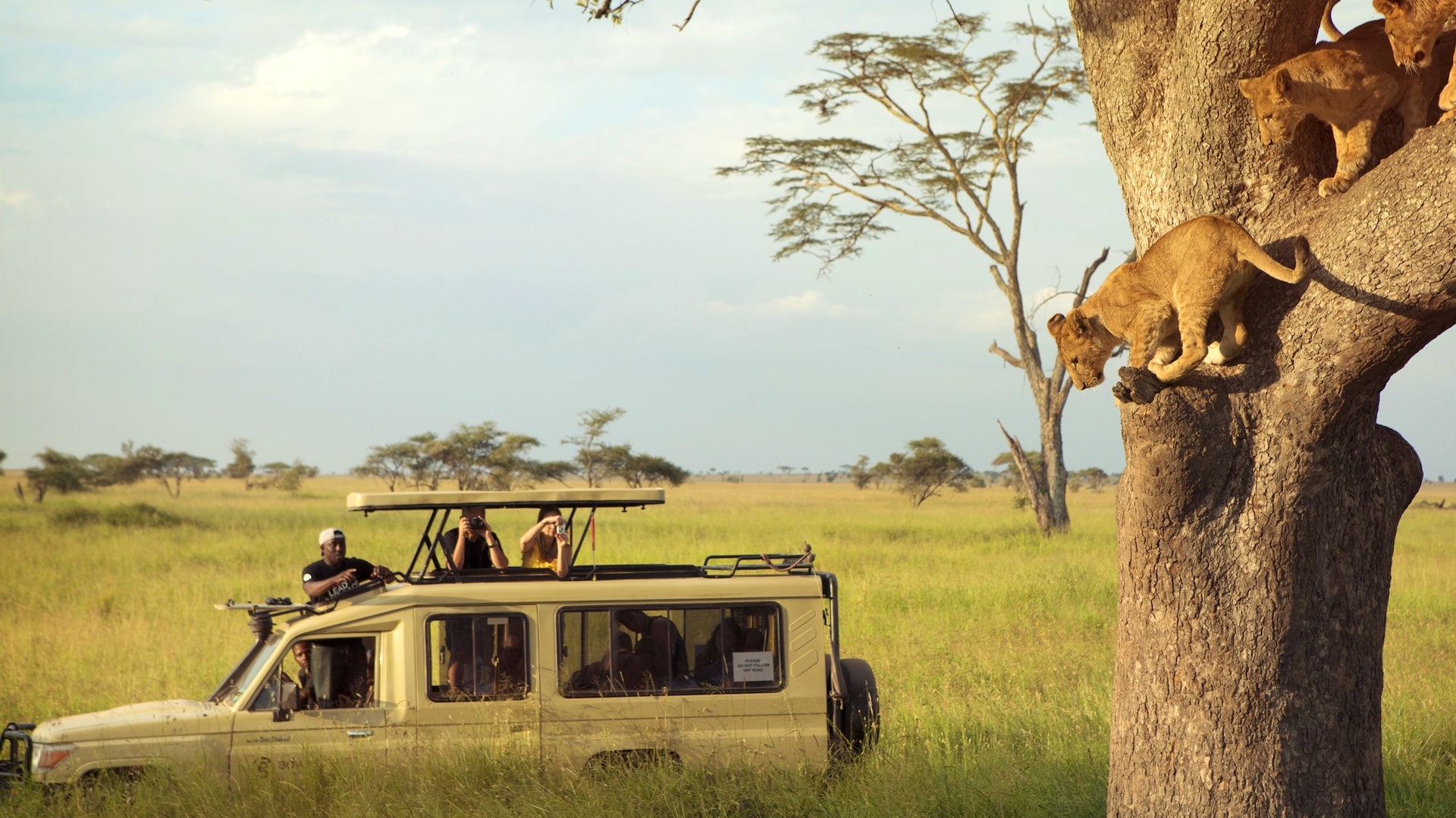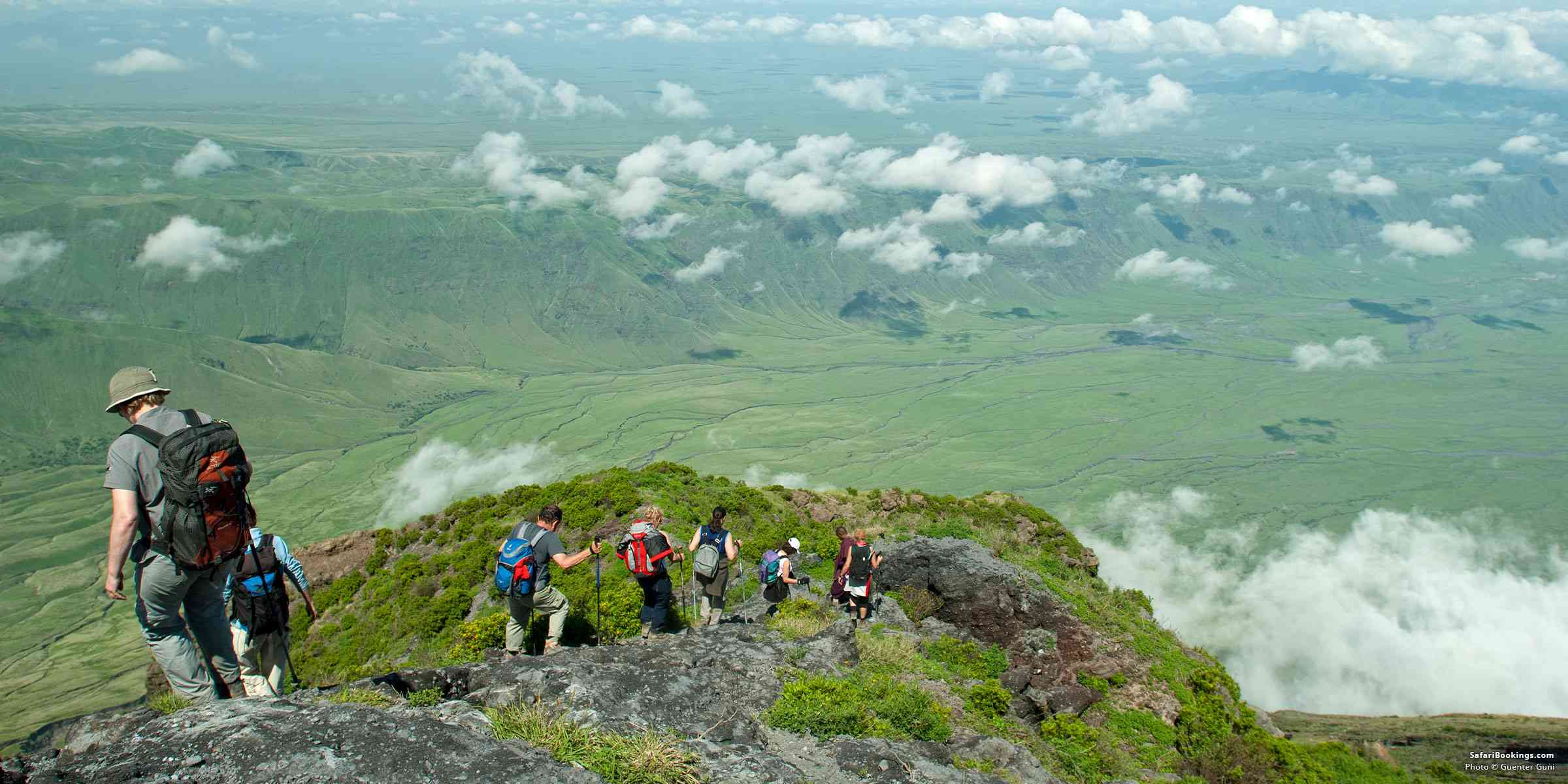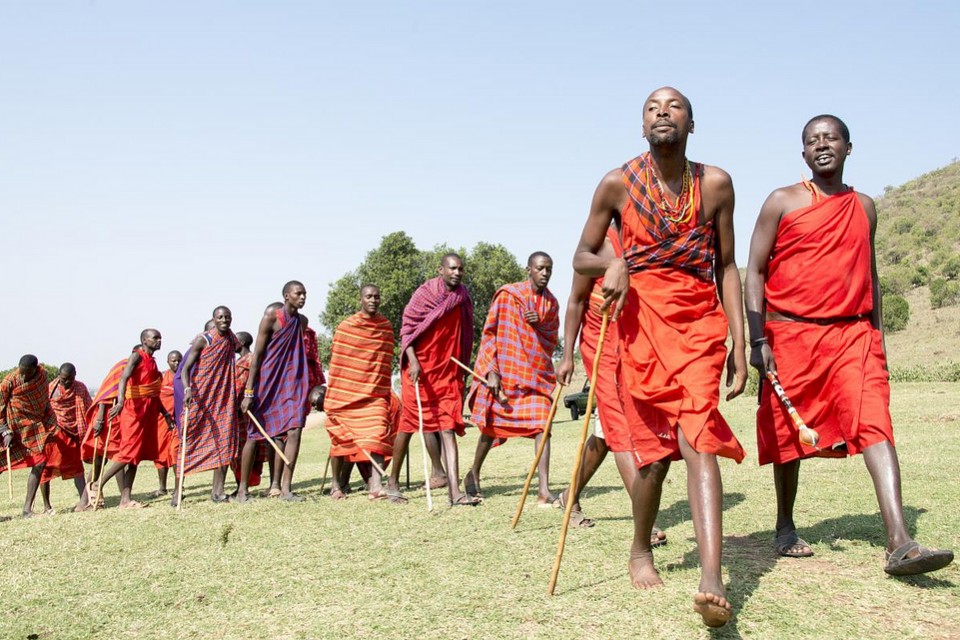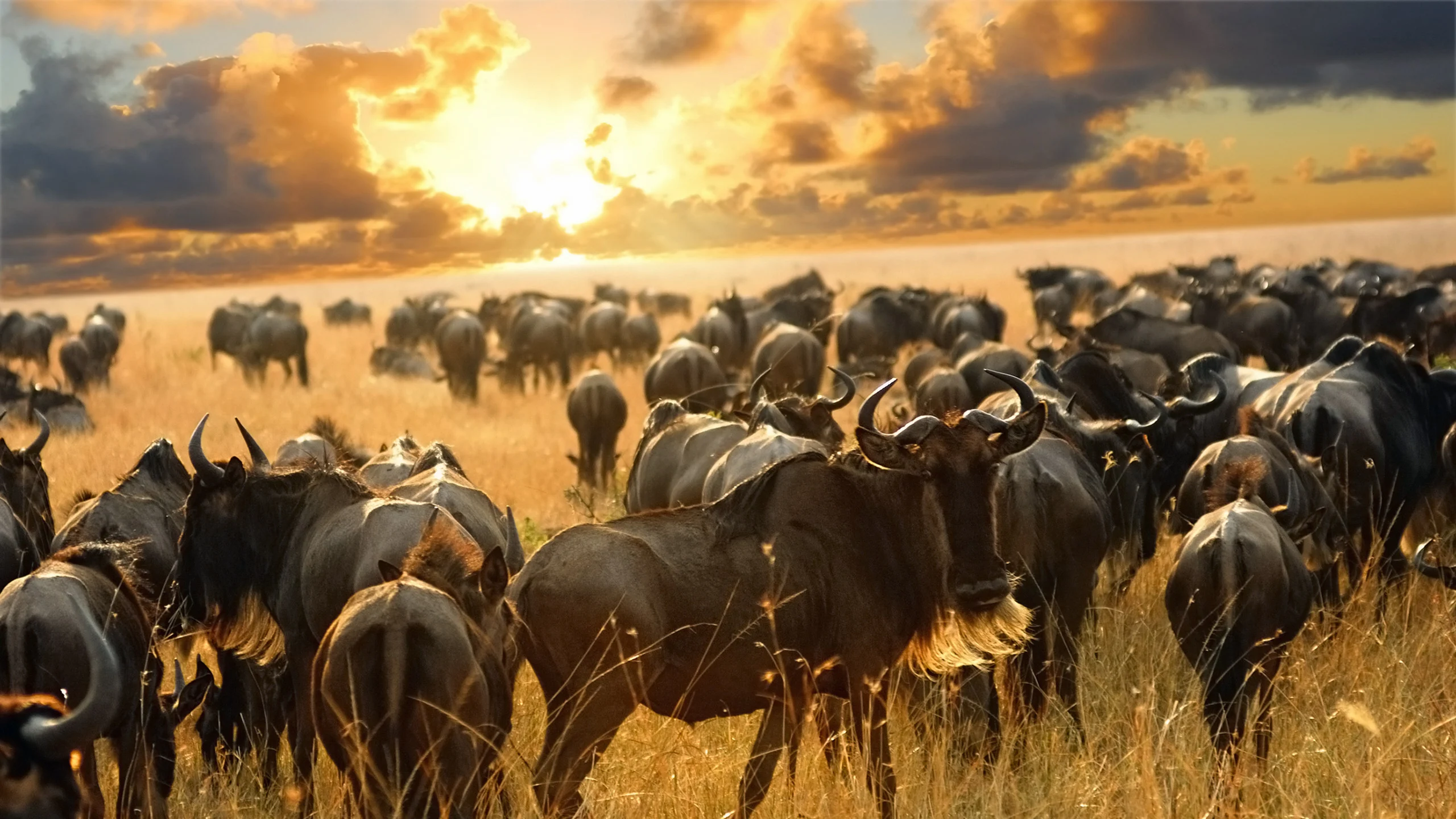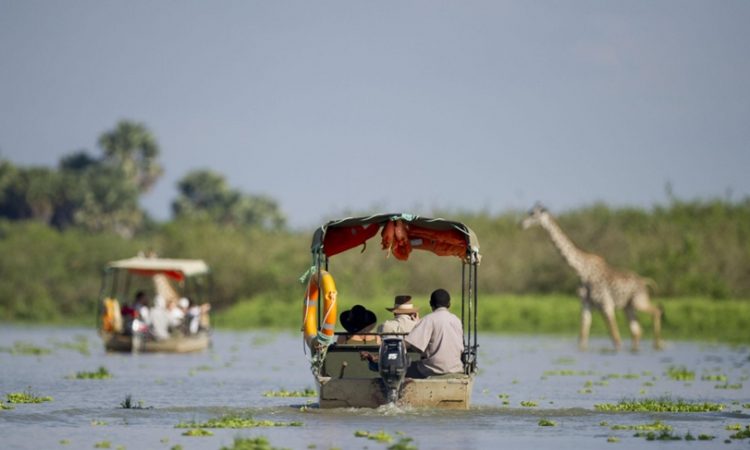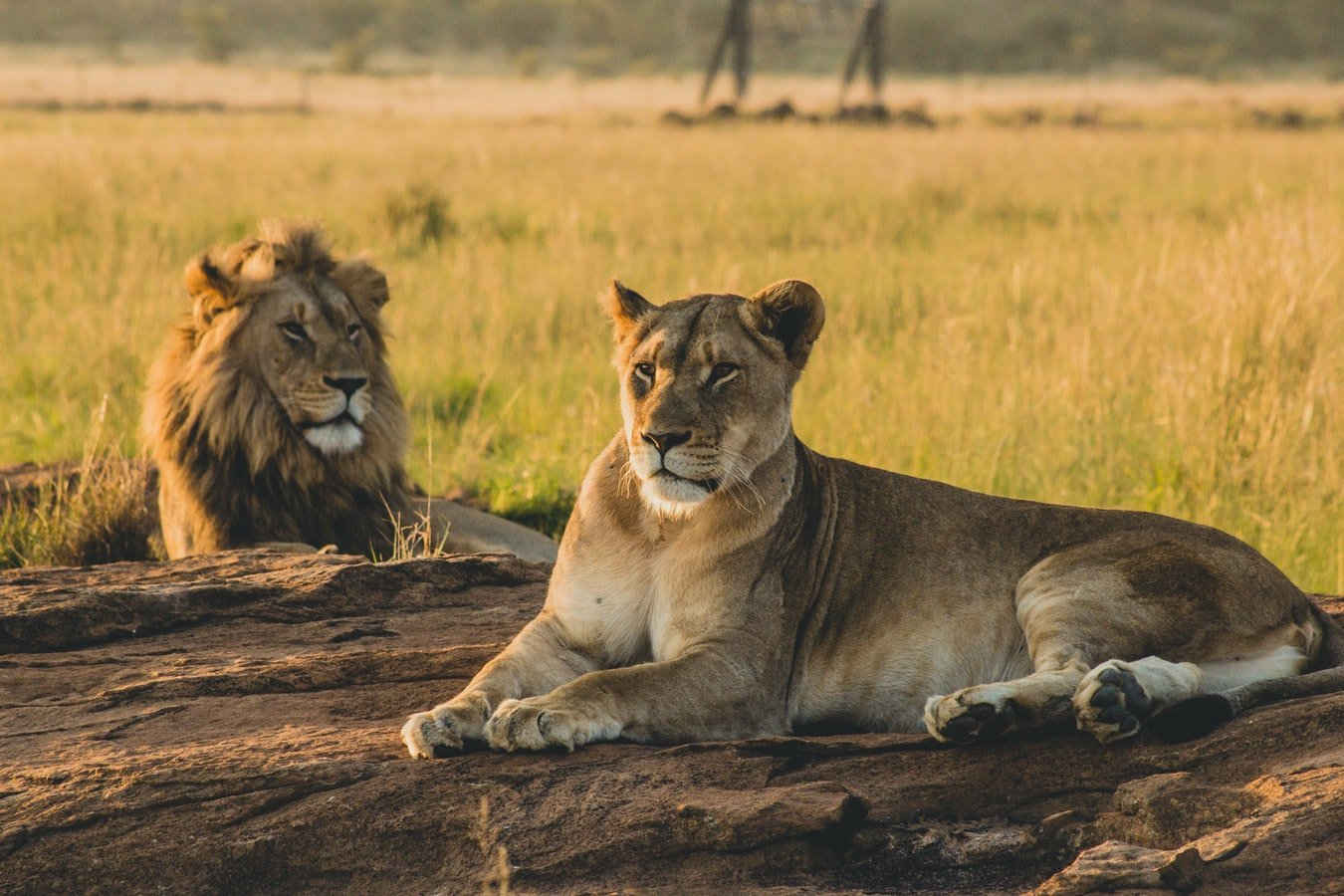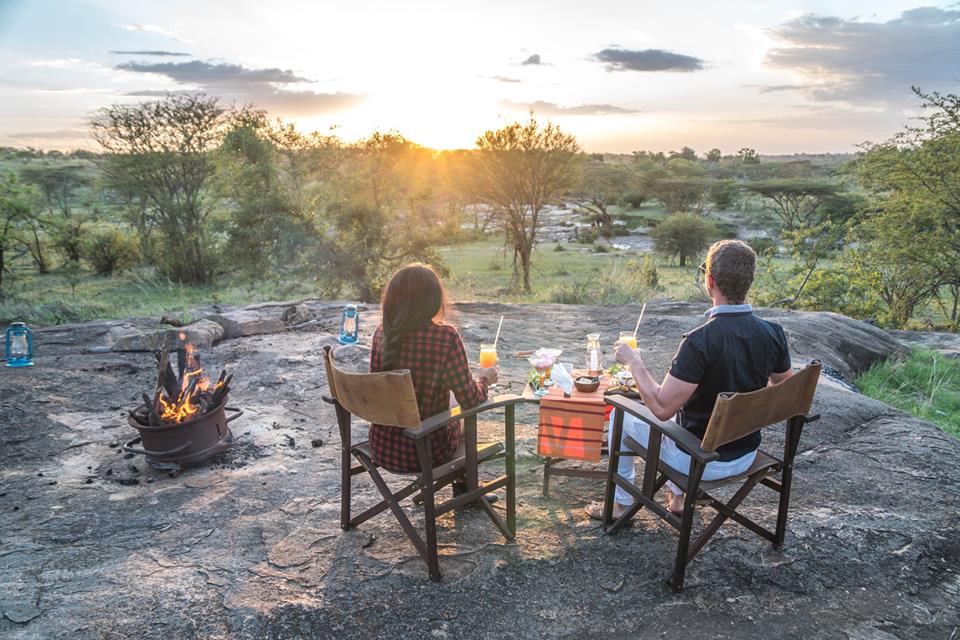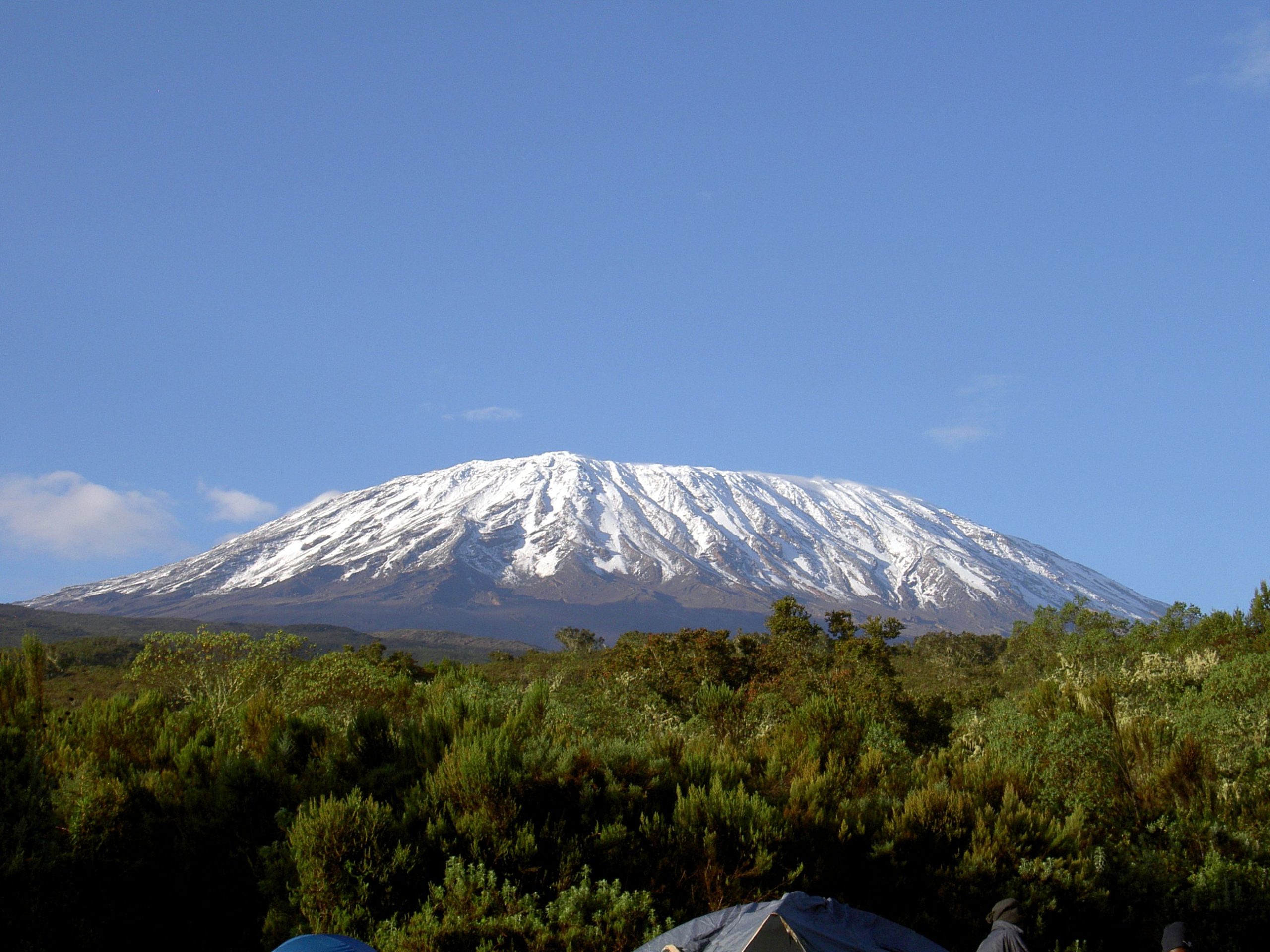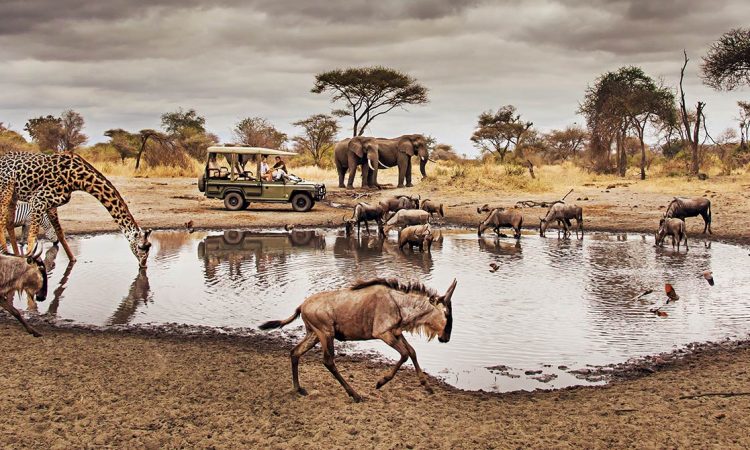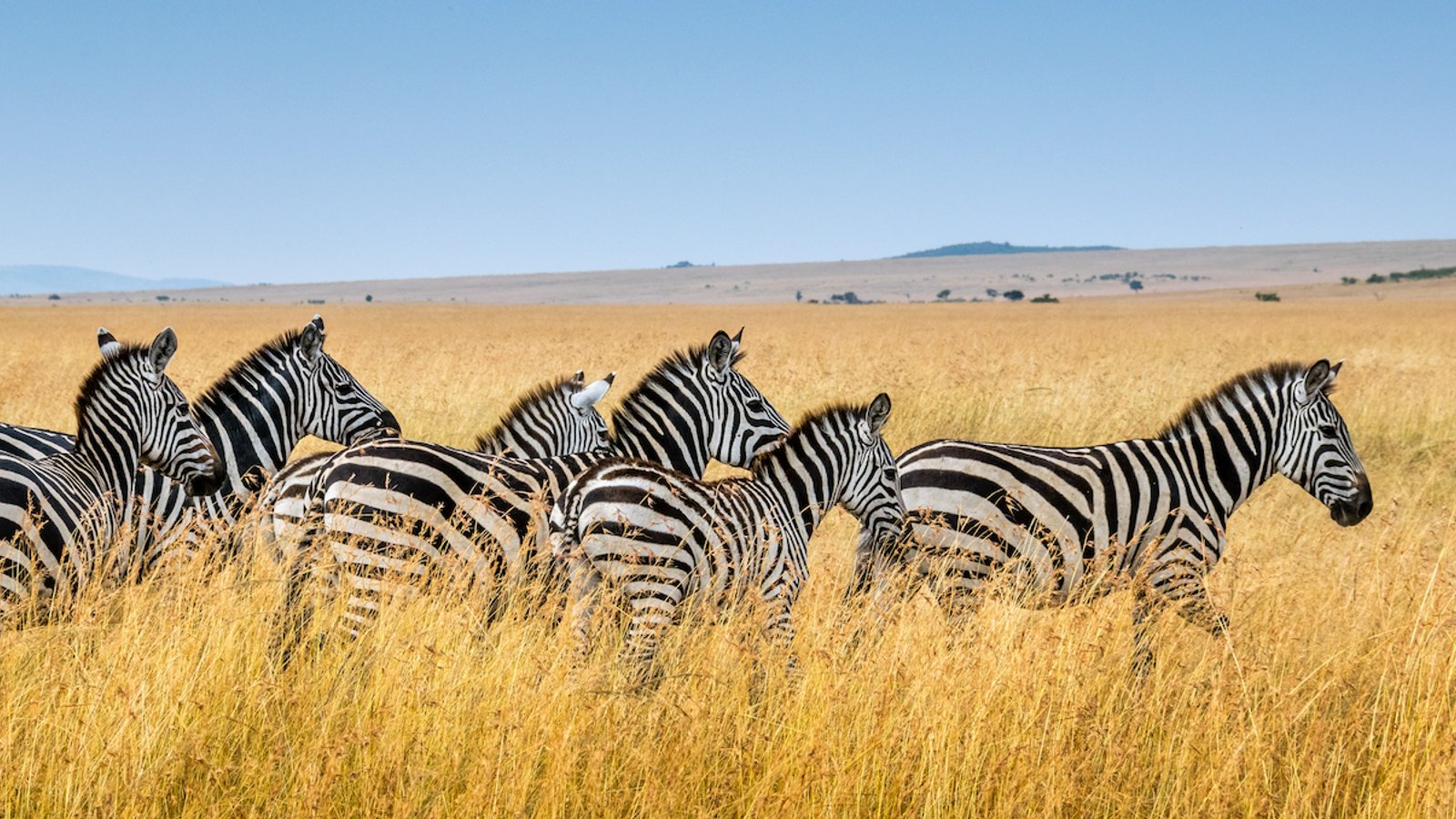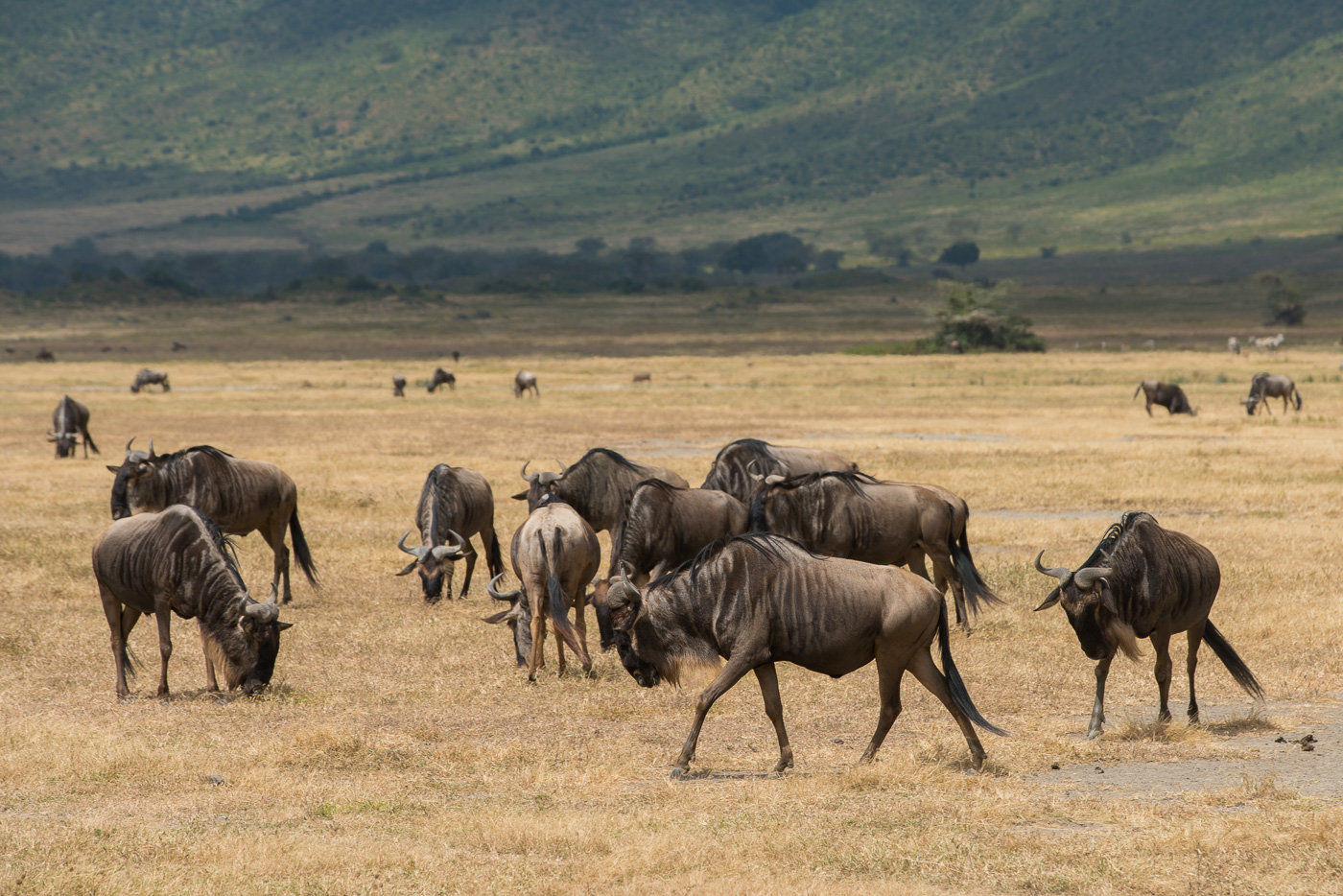Planning a safari to Tanzania is an exciting endeavor, and choosing the right time to visit can greatly enhance your wildlife experience. The diverse ecosystems of Tanzania offer unique sights and experiences throughout the year. In this guide, we’ll explore the different seasons and factors to consider when determining the best time for your Tanzanian safari.
Dry Season (June to October)
- Wildlife Concentration: During the dry season, from June to October, wildlife congregates around water sources, making it easier to spot animals during game drives.
- Clear Skies: The skies are generally clear, providing excellent visibility for wildlife viewing and photography.
- Ideal for Migration: Witness the iconic Great Migration in the Serengeti, particularly the river crossings, from June to September.
Green Season (November to May)
- Lush Landscapes: The green season, also known as the wet season, transforms the landscapes into lush, vibrant greenery, creating beautiful scenery.
- Bird Watching: This period is excellent for bird watching, as migratory birds arrive, and resident species are more active.
- Lower Crowds: Fewer tourists visit during the green season, offering a more exclusive safari experience.
Calving Season (January to March)
- Newborn Wildlife: The southern Serengeti experiences the calving season from January to March, with an abundance of newborn wildebeest, zebras, and gazelles.
- Predator Activity: Witness increased predator activity as they take advantage of the vulnerable young prey.
Shoulder Seasons (March to May and November)
- Milder Temperatures: These months mark the transition between the wet and dry seasons, offering comfortable temperatures and fewer tourists.
- Special Offers: Some lodges may have lower rates or special offers during the shoulder seasons.
Consideration for Climbing Kilimanjaro
- Dry Seasons: The best times for climbing Kilimanjaro are during the dry seasons, particularly from June to October and December to February.
Factors to Consider
Personal Preferences: Consider your tolerance for heat, preferences for wildlife experiences, and whether you prefer more or fewer crowds.
Budget: Prices for accommodations and tours can vary depending on the season, with high season being more expensive.
Conclusion
Determining the best time to travel to Tanzania depends on your priorities and the experiences you seek. Whether you’re drawn to the drama of the Great Migration, the lush landscapes of the green season, or the serenity of the shoulder seasons, Tanzania offers a safari adventure for every season. Keep in mind the unique characteristics of each period and plan accordingly to make the most of your Tanzanian safari, creating memories that will last a lifetime.
